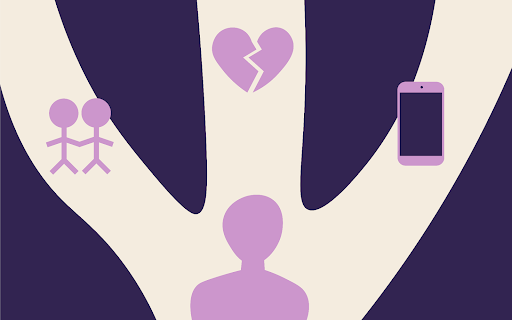Mayor Michael Bloomberg’s much criticized ‘soda ban’ was blocked on Monday, one day before it was set to take effect, by a Manhattan Supreme Court Justice who referred to the proposed ban as “arbitrary and capricious.” The law, which has sparked heated debate in the city between advocates and opponents, would place a ban on the sale of sodas and sweetened drinks in cups above the size of 16 ounces, and affect institutions as widespread as movie theaters, coffee shops and fast food restaurants.
In the time since the law’s initial approval last September, a variety of businesses have united under the banner of ‘big soda’ in order to combat what they see as an injustice on the part of the New York City Council and the ban’s most high-profile supporter, Mayor Bloomberg. In spite of this defeat, Bloomberg vowed to appeal the decision.
Here on campus, businesses began preparing last week for the sweeping changes that were due to come into effect; now across the city, companies are reprinting menus and altering super-size deals in anticipation. Dunkin’ Donuts already distributed fliers setting out the new guidelines, detailing the steps it has taken in order to adhere to the new directives. According to company’s leaflet, Dunkin’ Donuts customers would have had to add their own sugar and flavor swirl to large and extra large hot beverages and medium and large iced beverages. On top of this, the store’s hot chocolate and Dunkaccino drinks will now be available in small and medium-size only, as will all frozen beverages. Such a sweeping list of changes goes some way to illustrating the severity of the regulations, and also the perhaps overlooked inclusion of beverages beyond the realm of soda drinks.
The controversy of the now-stalled law is well documented, and students here at St John’s appear representative of the vast range of perspectives put forward on the matter.
“Who are the legislators to tell me what size soda I’m allowed to buy?” David Warr, a sophomore, said. “I understand that it’s well-intentioned, but there’s no way I should be penalized because other people don’t know how to take care of themselves.”
Junior Ben Roberts on the other hand, was broadly in support of the ban. Citing astronomical obesity rates in the United States, he says that the ban is a step in the right direction.
“It may not be the most pressing issue that needs addressing in New York City,” Roberts said. “But certainly something needs to be done at this point in the name of public health.”
That is certainly the stance taken by the New York City Board of Health, as well as Mayor Bloomberg. The city’s health department asserts more than half of adults in New York are overweight or obese, and claims that each year around 5,000 New Yorkers die from health issues related to obesity.
There would have been loopholes within the scheme however, including the fact that convenience stores such as 7-Eleven lie outside of the city’s remit, thereby making their infamous “Big Gulp” drinks exempt. On top of this, vending machines and some newsstands also would have been allowed to continue as normal.
Perhaps the most widely invoked caveat to the new law is the fact that it could not realistically prevent consumers from buying as much soda as they wish; it merely stipulates that vendors cannot sell them in single sizes exceeding 16oz. This has led to Mayor Bloomberg referring to the law as portion-control rather than an out-and-out ban in an attempt to escape the negative rhetoric associated with the legislation, although many have still been quick to accuse the mayor of elitism and big government-tendencies.
While the future of the new law is up in the air right now, as long as the will of the mayor and city council remains, they will continue to battle against both the tide of public opinion, as well as the intense lobbying of an assortment of private interests.








Alen A • Mar 15, 2013 at 12:50 pm
The issue lies in the fact that the NYC government didn’t bother exploring what community members themselves perceive as barriers to good nutrition and what they may consider as viable solutions. A bottom-up approach would assist in creating health policies that are much more readily acceptable.
http://wp.me/p128HP-ex